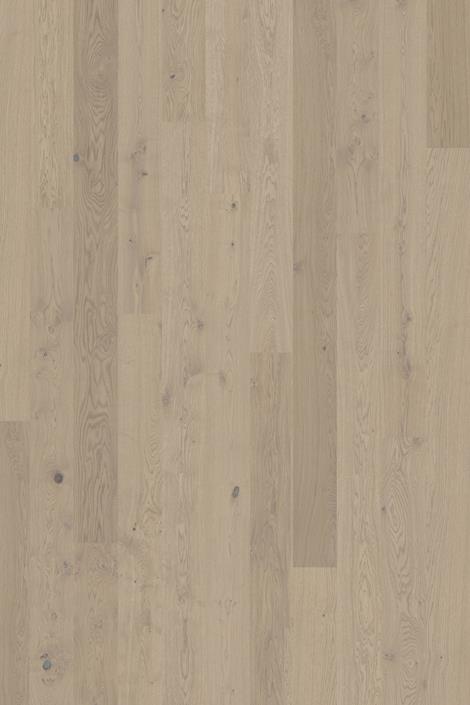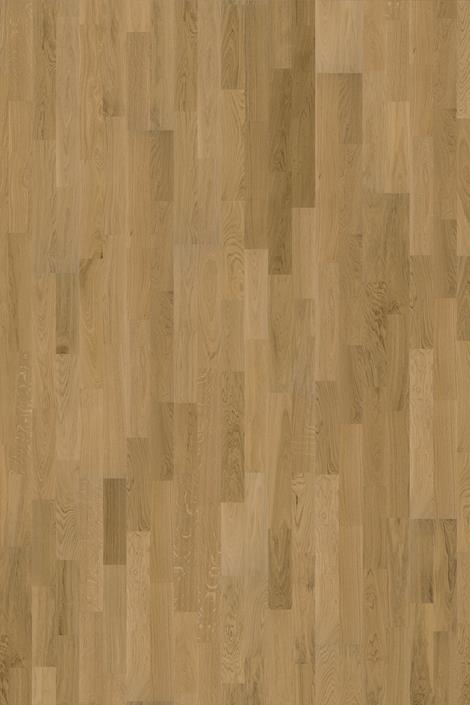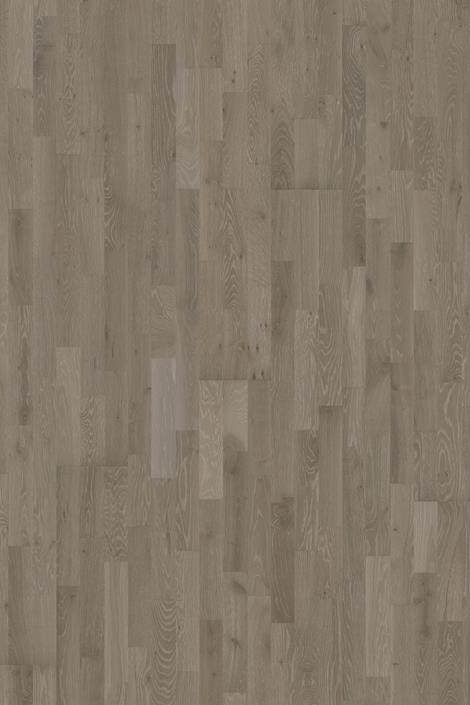Strip wood flooring
There’s always room for creativity in wood flooring. Laying strips in different patterns gives your floor and your home a unique impression. Read more about strip-wood flooring here.
Be creative with strip-wood flooring
The term strip-wood flooring refers to the number of wood strips in row on the width of a floor board. In its simplest form, a floor board consists of only one strip. Two-strip wood floors have, as the term implies, two strips per board and three-strip has three. The most common way to make strip-wood flooring is to produce larger floorboards with the strips already joined. That makes for much easier laying.
One-strip, or plank wood floors, create an exclusive look. Two-strip floors are elegant as the strips are often selected and matched for a unique character. Three-strip floors give an interesting impression to a room, with strips combined at random. This creates unique patterns and colour variations. Three-strip floors also come in calmer variants, with better colour and pattern matching.
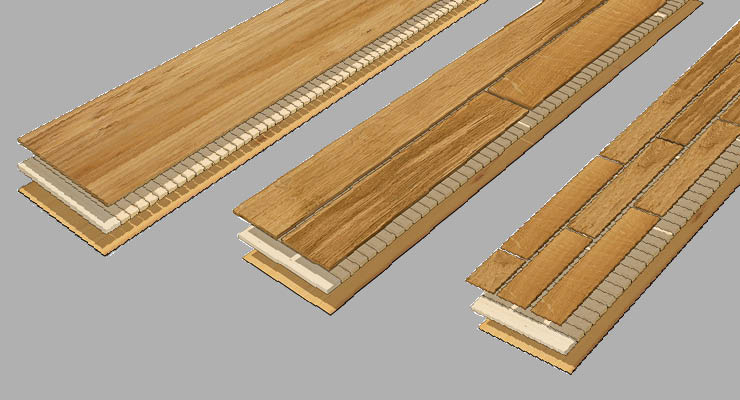
Strip-wood floor patterns
You can lay strip-wood floors in different patterns to create intricate designs. You can also affect the perception of space and movement in a room. Herringbone is a classic, well known pattern. It consists of strips laid at an angle to form shapes resembling fish bones. This design is very time consuming and demands accuracy for a good result. Dutch pattern is another popular formation that you will find in Kährs' assortment. These floors consist of a repeating pattern of three short strips on the length, interrupted by one perpendicular strip. A good alternative for an intricate pattern without spending lots of time on laying.
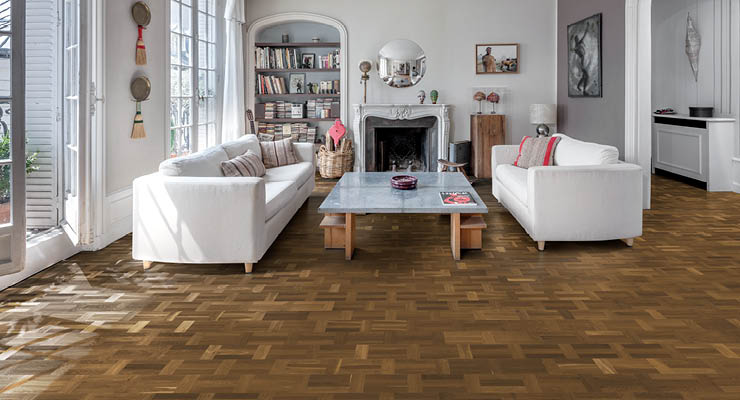
Strip direction affects space
Both the number of strips in a floorboard and the direction in which you lay it affects the room more than you think. A common way to lay wood floors is in the direction of a room's light source. For instance, if you have a wall with many windows, you should lay the floor with the length of the boards towards the windows. Another rule of thumb is to lay the floor in line with the most used entrance to a room. Want to create depth in a room? Lay the strips vertically to make the room seem "longer" than it actually is. If you want to make a narrow hallway appear bigger, lay strips horizontally.
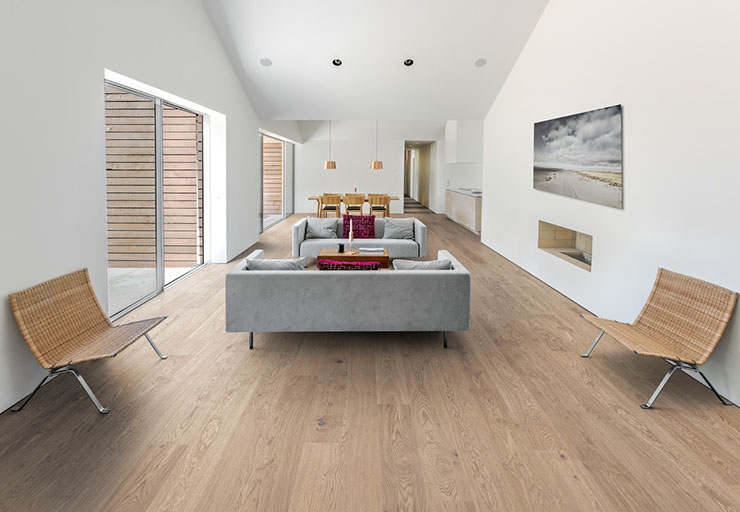
Wood flooring from Kährs
Below is a selection of the wood floors we manufacture at Kährs. You can see all our wood floors in our floor guide.



